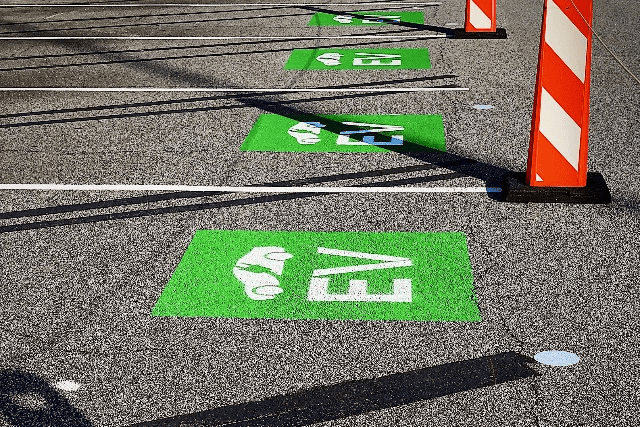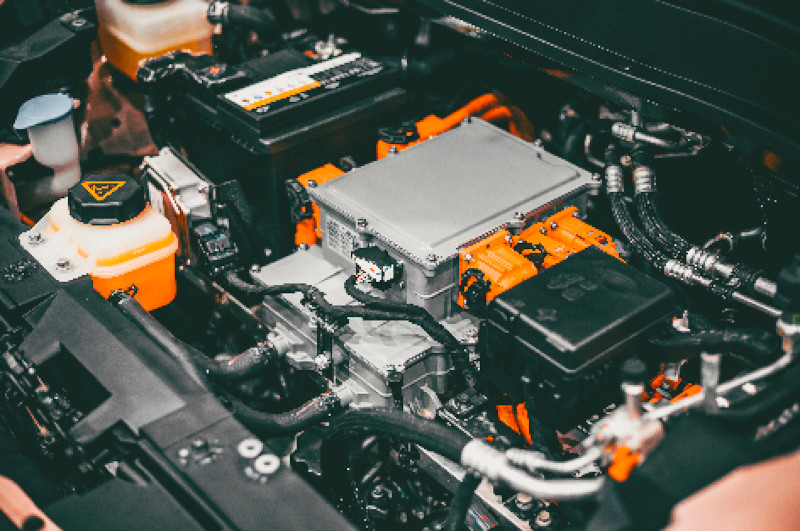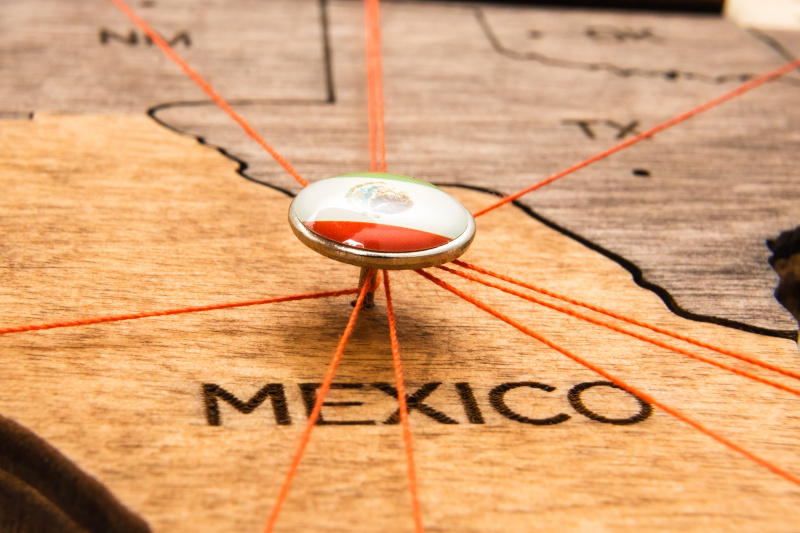For regular airline passengers, restrictions on lithium batteries are something of a nuisance. Since the mid-2000s, lithium batteries in all sorts of devices have been under scrutiny. But what is just an annoyance for passengers can be extremely difficult for the makers and shippers of electric vehicle batteries (EVBs), which are also lithium batteries. The key to avoiding regulatory issues that can stop shipments and cost you money is having the right partner whose focus is protective packaging and shipping compliance. The kind of design and compliance that gets your EVB where it needs to go without interruption or extra cost.
The shipping experts at PCD Packaging know how to solve problems before they even show: by creating success from the start.
SUCCESS STEP NUMBER ONE: KNOW THE CURRENT REGULATIONS
Since lithium batteries came on the safety radar, regulatory committees and government agencies have been creating tougher and more stringent restrictions. Just a few years ago, the International Air Transport Association (IATA) announced the publication of their Lithium Battery Shipping Guidelines – with the caveat that their guidance would be “updated and expanded as needed.” The FAA has continued the vigilance with their ever-expanding list of Lithium Battery Safety Resources and Alerts.
It’s absolutely mandatory that all EVB packaging be designed to prevent damage that could lead to a fire. The packaging design should prevent any jostling that could cause issues like short circuits. And, the packaging requirements may vary, depending on the mode of transport, the size of the batteries, and how many you are shipping.
It can be hard to keep up—but at PCD Packaging, our engineers are fully up to date and compliant with all safety needs, no matter where and how you are shipping your EVBs.
SUCCESS STEP NUMBER TWO: PERFECT DOCUMENTATION
With all of these regulations, compliance, is truly not enough. You have to visually illustrate, via marked packaging and documentation, that your batteries are safe to ship. Everything from size to total charge must be documented perfectly, or else your shipment could get held up.
PCD Packaging has all relevant and correct documentation ready to go for your specific needs.
SUCCESS STEP NUMBER THREE: STAY AHEAD OF THE CURVE
Let’s go back to that quote from the IATA: regulations will be “updated and expanded as needed.” Here at PCD Packaging, we track all regulatory trends and are always on the lookout for updates that might impact packaging design. We’re able to respond quickly so you can focus on your product and your buyers—we will make sure your batteries get where they need to go, on time, in step with the latest rules and regulations.
The secret to success comes at the start. To partner with the best and most forward-thinking shipping partner, contact PCD.





